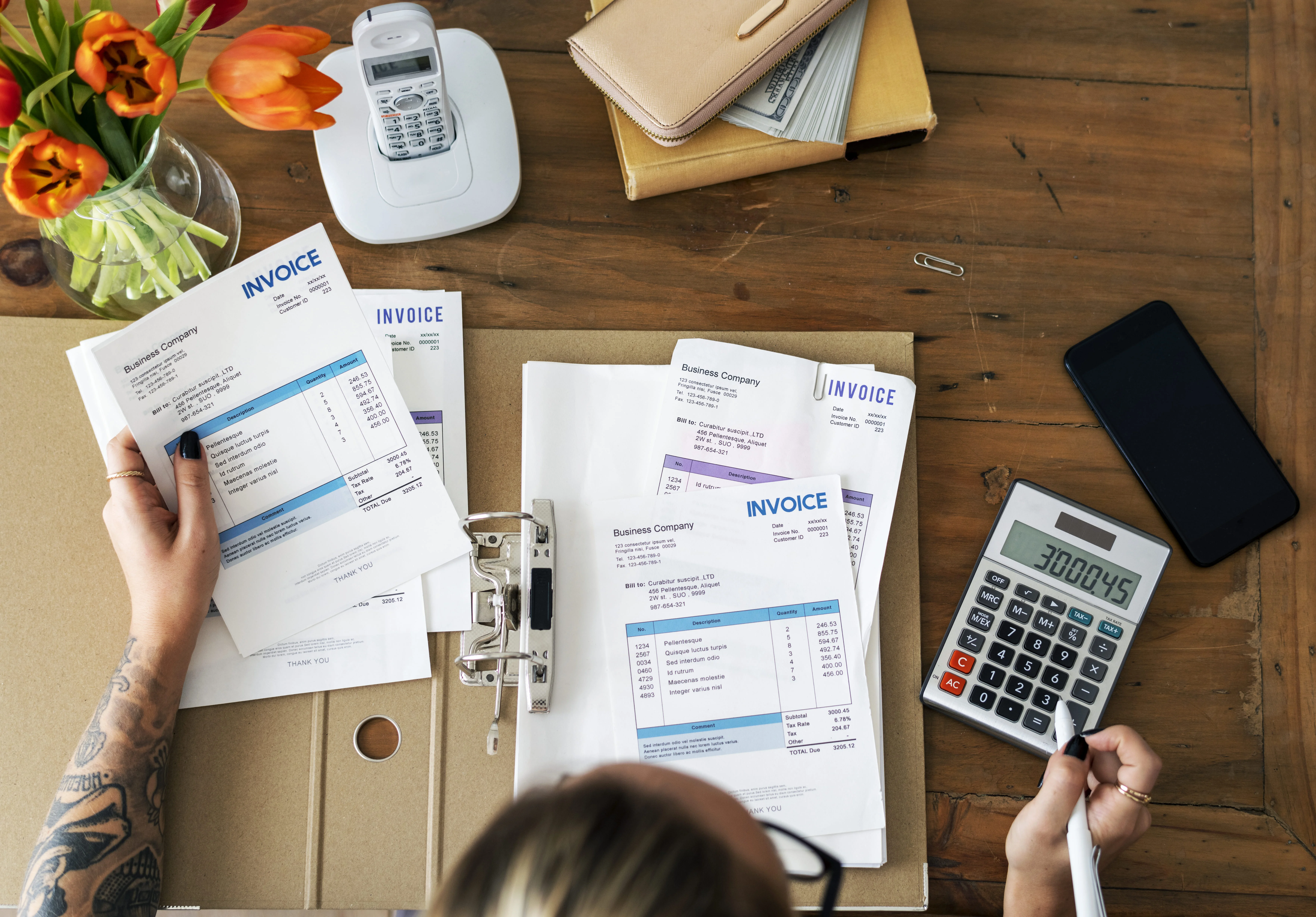
Best Practices for Creating Utility Bills That Look Authentic—but Stay Legal
Utility bill templates are commonly used for demos, UI/UX presentations, training sessions, or entertainment projects. However, designing a utility bill that looks realistic without crossing legal boundaries requires a delicate balance. Whether you're a developer, designer, or educator using platforms like UtilityBillGenerators.com, it’s essential to understand both design principles and legal guidelines. Below are the best practices for creating utility bills that appear authentic—but remain fully compliant.
1. Use Templates for Ethical Purposes Only
Always ensure you’re using utility bill generators for legitimate and ethical purposes:
● Demo presentations
● App UI/UX mockups
● Training and internal testing
● Entertainment props (film, theater, etc.)
Avoid any intent or appearance of using them for fraudulent activities, such as faking proof of residence or identity.
2. Add a "Sample" or "Demo" Watermark
To clearly differentiate your bill from an actual document, add a watermark such as:
● "Sample Only"
● "For Display Purposes"
● "Demo Version"
This makes it evident that the bill is not real and helps protect you legally. Most reputable platforms allow you to enable watermarks automatically.
3. Avoid Using Real Company Logos Without Permission
While it may be tempting to use real utility provider logos (like Con Edison, PG&E, or British Gas) to boost authenticity, doing so without consent can violate trademark laws. Instead:
● Use fictional company names and logos.
● Create generic designs that resemble real bills in layout, but not in branding.
This keeps your template believable without infringing intellectual property rights.
4. Use Realistic, But Fictional Data
To make your utility bill appear authentic, your data should follow real-world logic, but remain fictional:
● Use made-up names like “Jane Doe” or “John Smith.”
● Create valid-looking account numbers and addresses that don’t correspond to actual users or properties.
● Input utility usage and pricing that reflects local averages but doesn’t copy any actual bill.
This ensures realism while preventing misuse or accidental disclosure of real customer data.
5. Match Standard Layouts and Formats
While keeping things fictional, you should still use conventional structures for credibility:
● Company name and address
● Customer details
● Billing period
● Usage details
● Tax and fee breakdown
● Total payable amount
Use utility bill generators that offer editable templates matching standard formats for electricity, gas, water, or internet services.
6. Avoid Over-customization That Mimics Government-Issued Documents
Utility bills are often used for verification, so overly realistic bills—especially those that mimic federal or state-issued documents—can raise red flags. To stay safe:
● Avoid adding official seals, QR codes, or barcodes unless they’re clearly fake or labeled for demo.
● Don’t attempt to match every detail of a real utility provider’s document.
7. Educate Others on Proper Use
If you’re offering these templates to clients, trainees, or end-users, provide a clear disclaimer and instructions on ethical use. A brief legal note or “Terms of Use” document can help prevent misuse.
Conclusion
Creating realistic-looking utility bills for demos or educational use is perfectly legal when done with care and transparency. By following these best practices—like using fictional data, generic branding, and visible disclaimers you can produce high-quality, professional-looking documents that serve your purpose without crossing ethical or legal lines.